Jian Zhan is a Song Dynasty ceramics tradition featuring stunningly deep & dark glazing. Jian Zhan kilns produced the very first bowls designed specifically for drinking tea – marking a moment in history when tea culture became important enough for people to devote ritual objects to it.
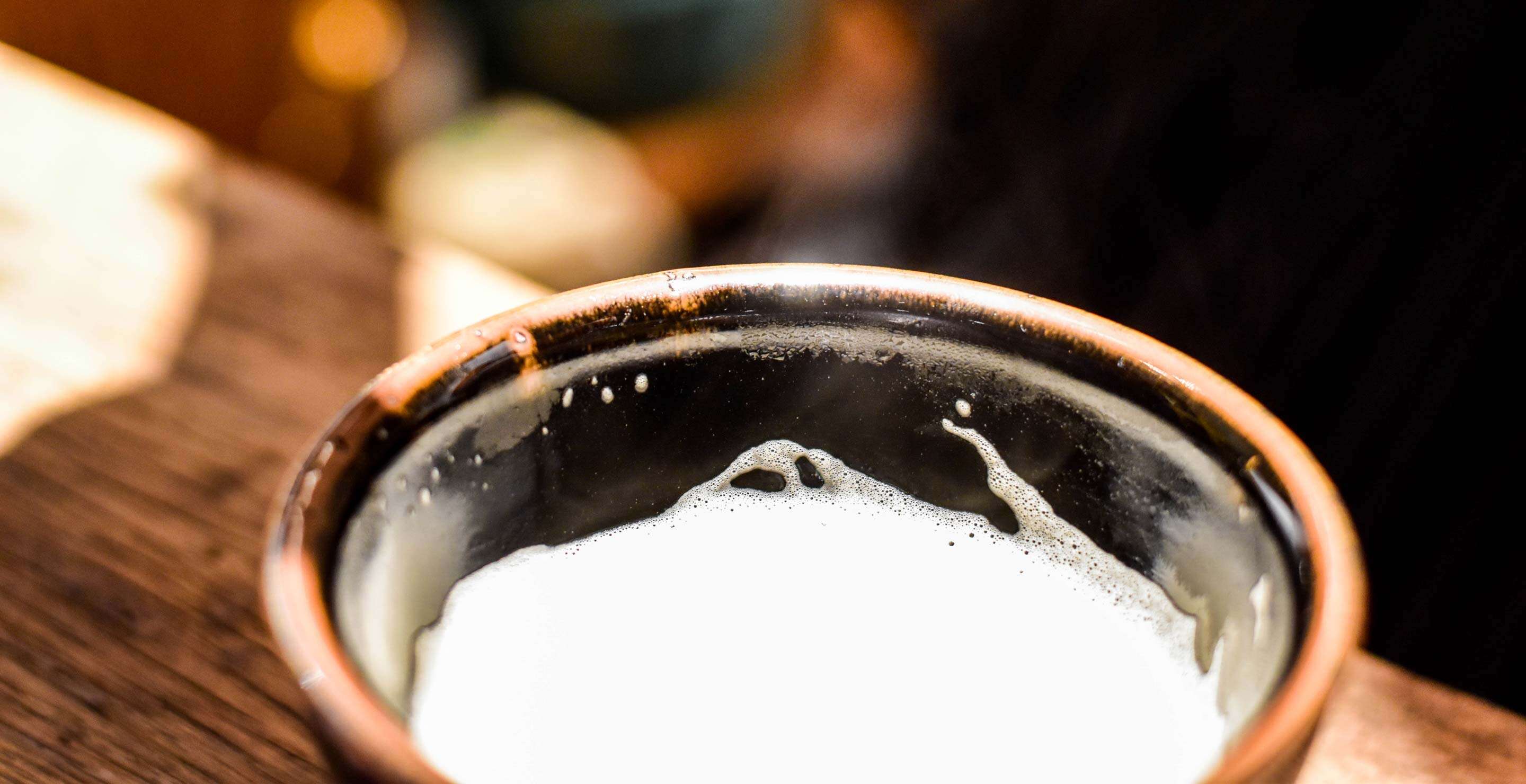
Today, Jian Zhan is seeing a golden age revival using clay and glazing material from the original Song dynasty kiln sites in Shui Ji to recapture a lost art. This revival is being led by pioneering artists and researchers like Master Xiong and his Dragon Kiln, and Lin Xi as a one-man studio.
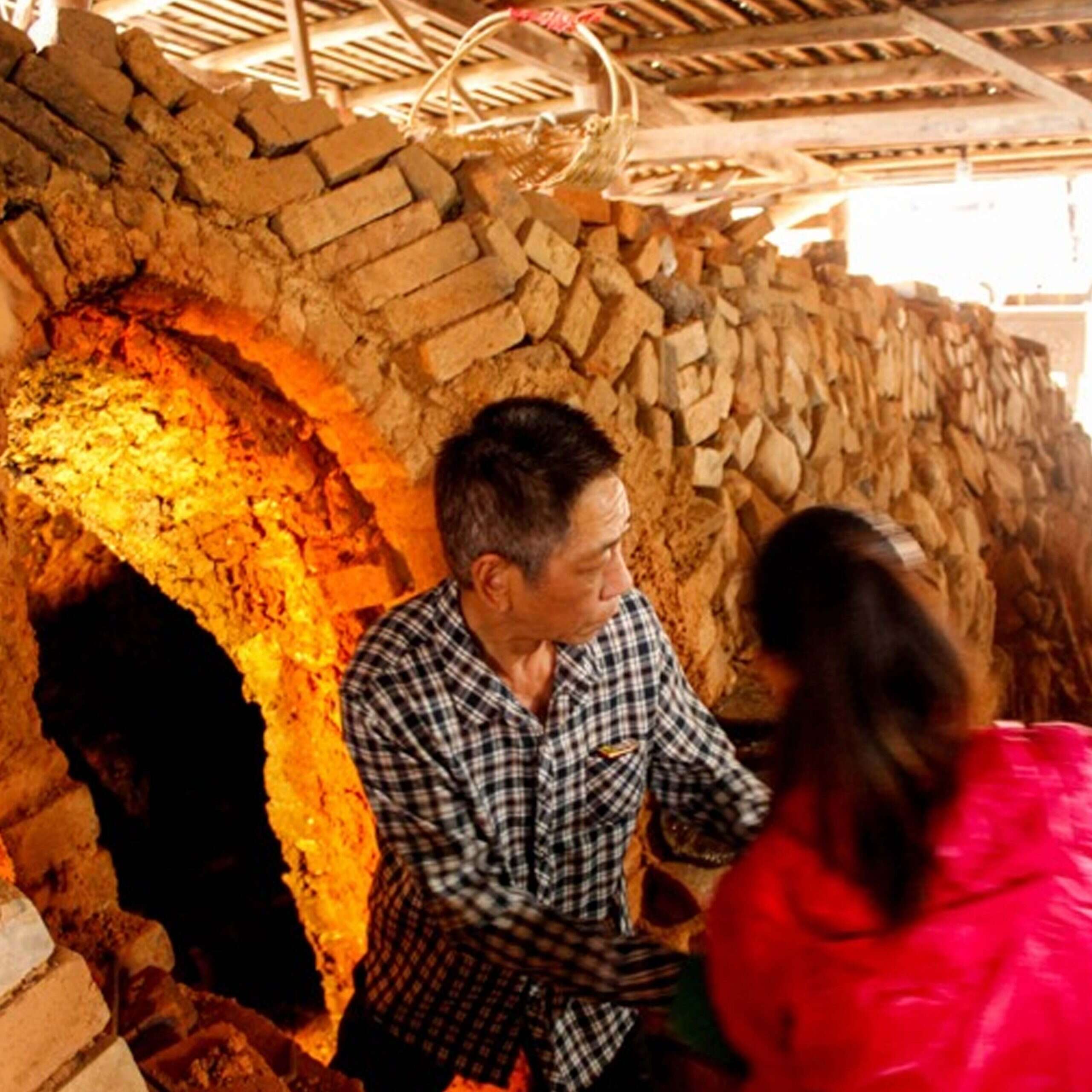

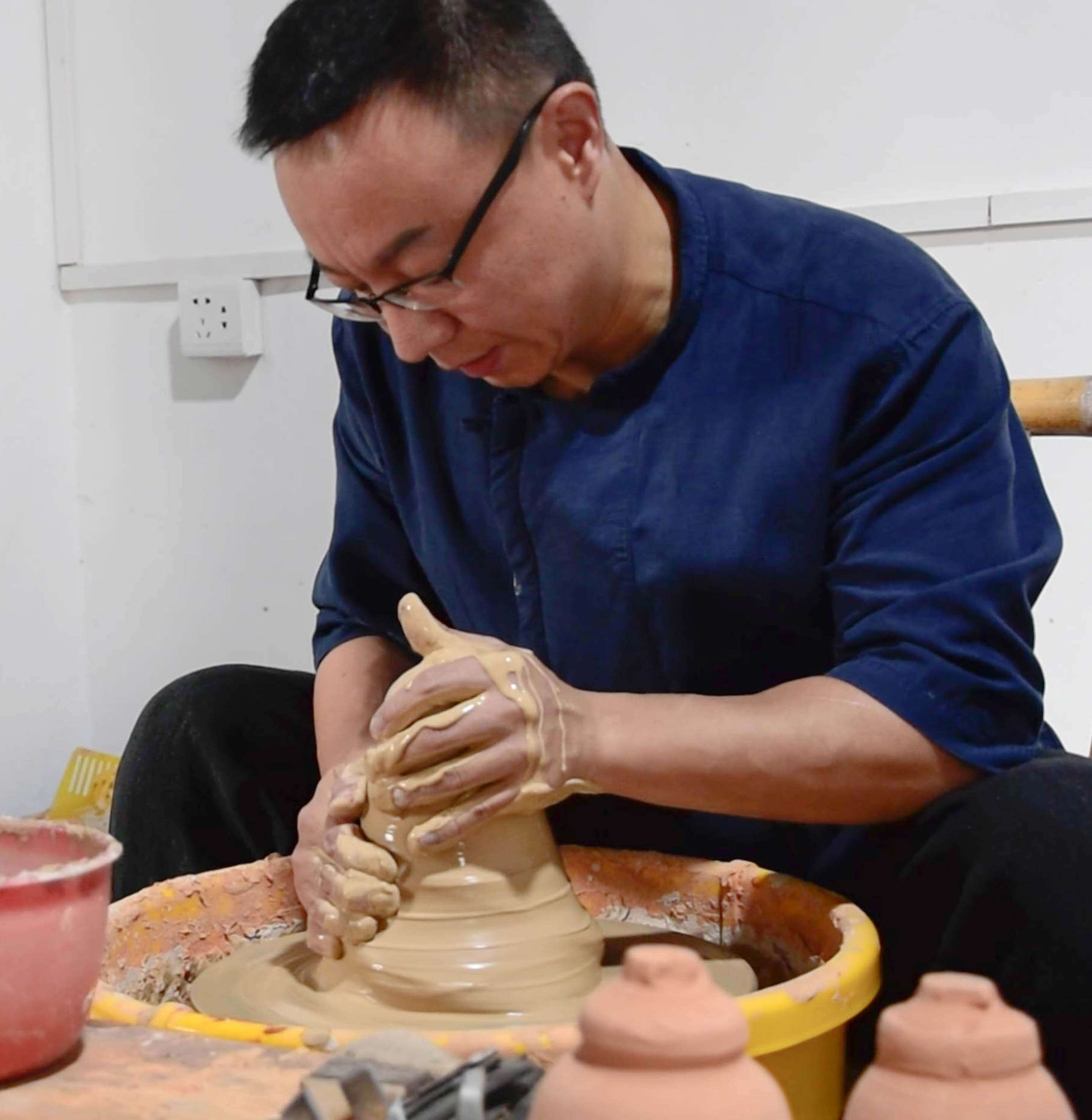
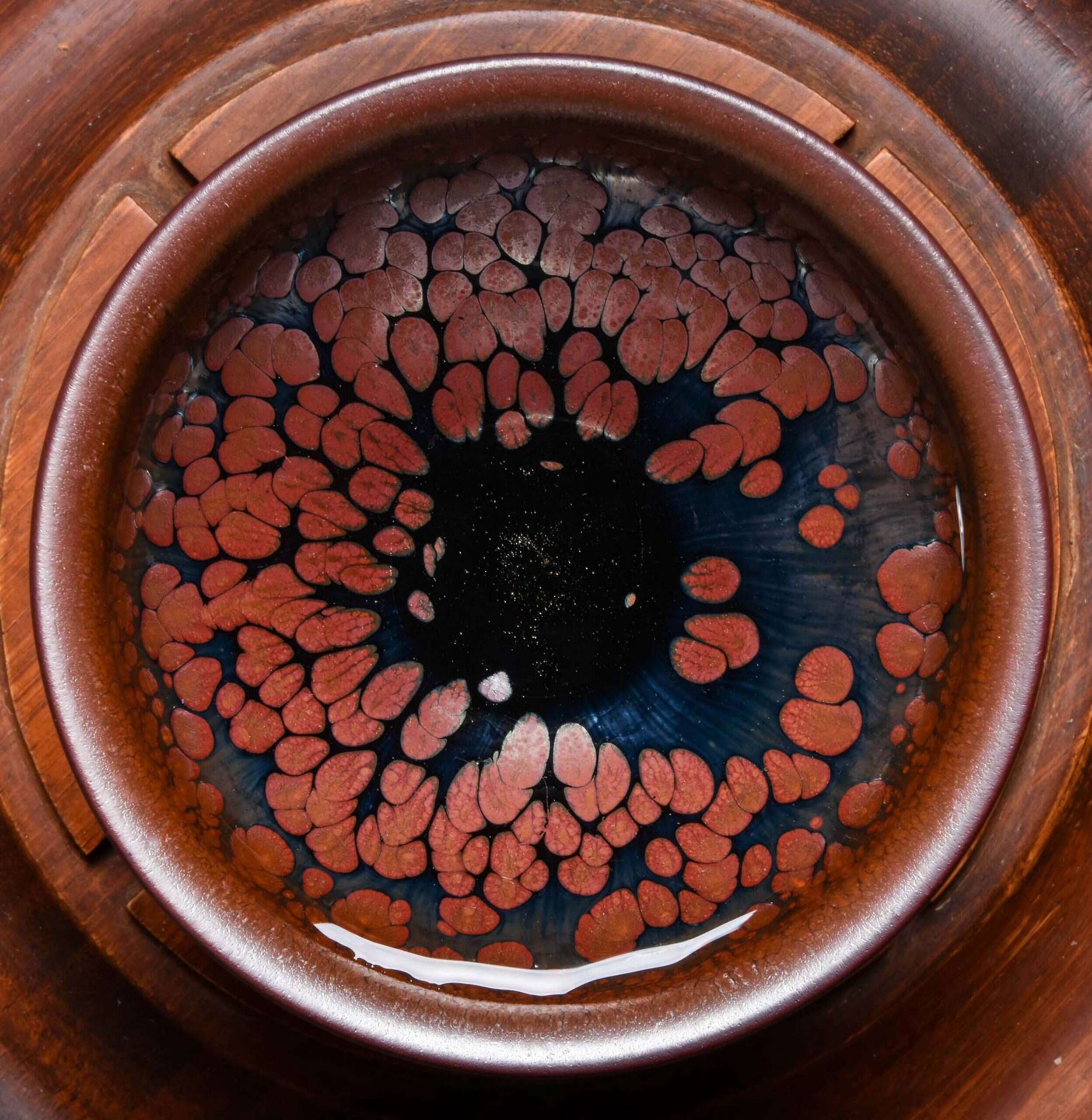
Why is Jian Zhan valued?
These days, the finest modern Jian Zhan is being sought out with nearly the same fervor by collectors as original Song Dynasty pieces in China. What makes this new work so valuable?
This golden age of experimentation in modern Jian Zhan is seeing glazing techniques rediscovered after being lost for seven hundred years. Collectors are eager to acquire these early works by modern pioneers, thinking of this as an important moment in ceramics history.
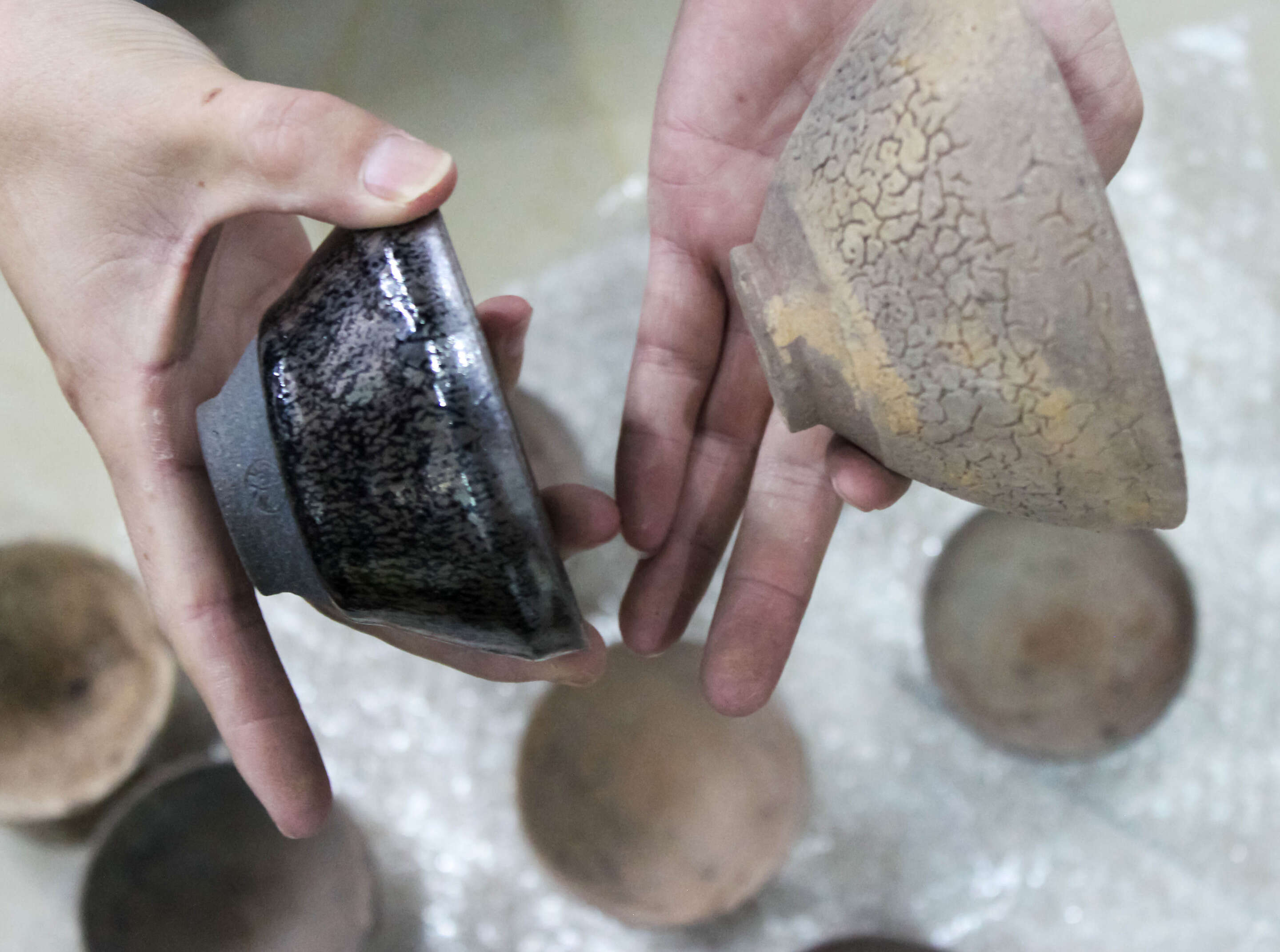
The appeal of Jian Zhan comes first from the beauty of the glazing – patterns formed through chance by heat and oxygen to create startling detail, like a picture of the universe in a cup. The glazing of the finest Jian Zhan is something you can gaze into over a long tea session and find something new, every time. The patterns are not painted on or brought about through added chemicals, but rather come from the special natural clay and mineral deposits of Shui Ji.

What does Jian Zhan do for tea?
Jian Zhan has a fascinating way of taking initial flavor, texture and aroma, and stretching it out into a lingering aftertaste and texture. This gives teas a longer arc, while mitigating some of the initial impact as a tea hits the palate.
This works especially well for teas that brew out for a long time like oolongs and pu’ers, or rich black teas.
Who is Lin Xi?
Master potter Lin Xi set up the Taishou Jianlou Research Institute to study Han and Song Dynasty tea culture and firing techniques. He is dedicated to reviving the lost ancient art of Jian Zhan through meticulous research, hand made glazing and clays personally excavated from Song Dynasty sites.
Unlike many studios, Lin Xi personally oversees every aspect of his work without help. As a single artist, Lin Xi makes his own glazes with natural clay and minerals from original Song Dynasty deposits in Shui Ji, throws his own cups, and fires every batch personally. His unique style is apparent in every piece he produces, because he has full control from mixing his own clay and glazing, to the final firing. His passion is winning him awards and national recognition including gold medals.
“Bo Re Zhan” 16th Annual China Art Exhibition
Traditional Arts Category Gold Medal
“Cai Shao” April 2019 Shen Zhen
Golden Phoenix Art Competition Gold Medal
“Mu Lan Zhan” June 2018 Hua Li Competition
Silver Medal
Lin Xi’s Collaboration with Li Xiangxi
Lin Xi works with our partner Li Xiangxi and the Yangxian Institute on building Jian Zhan fit to revive the Song Dynasty style dian cha ceremony, and to best compliment the unique minerality and depth of Wuyi teas. Every new shape or style that Lin Xi pioneers is exhaustively pilot-tested by Li Xiangxi at her tea institute to ensure that the first ceramics tradition designed specifically for tea maintains at its heart the goal of complementing and enriching any tea it is paired with.
Li Xiangxi specifically recommends very mineral-driven teas to pair with Jian Zhan ceramics, because the Jian Zhan accentuates the almost-sparkling after-sensation of yun for which her family’s tea workshop is so well known.

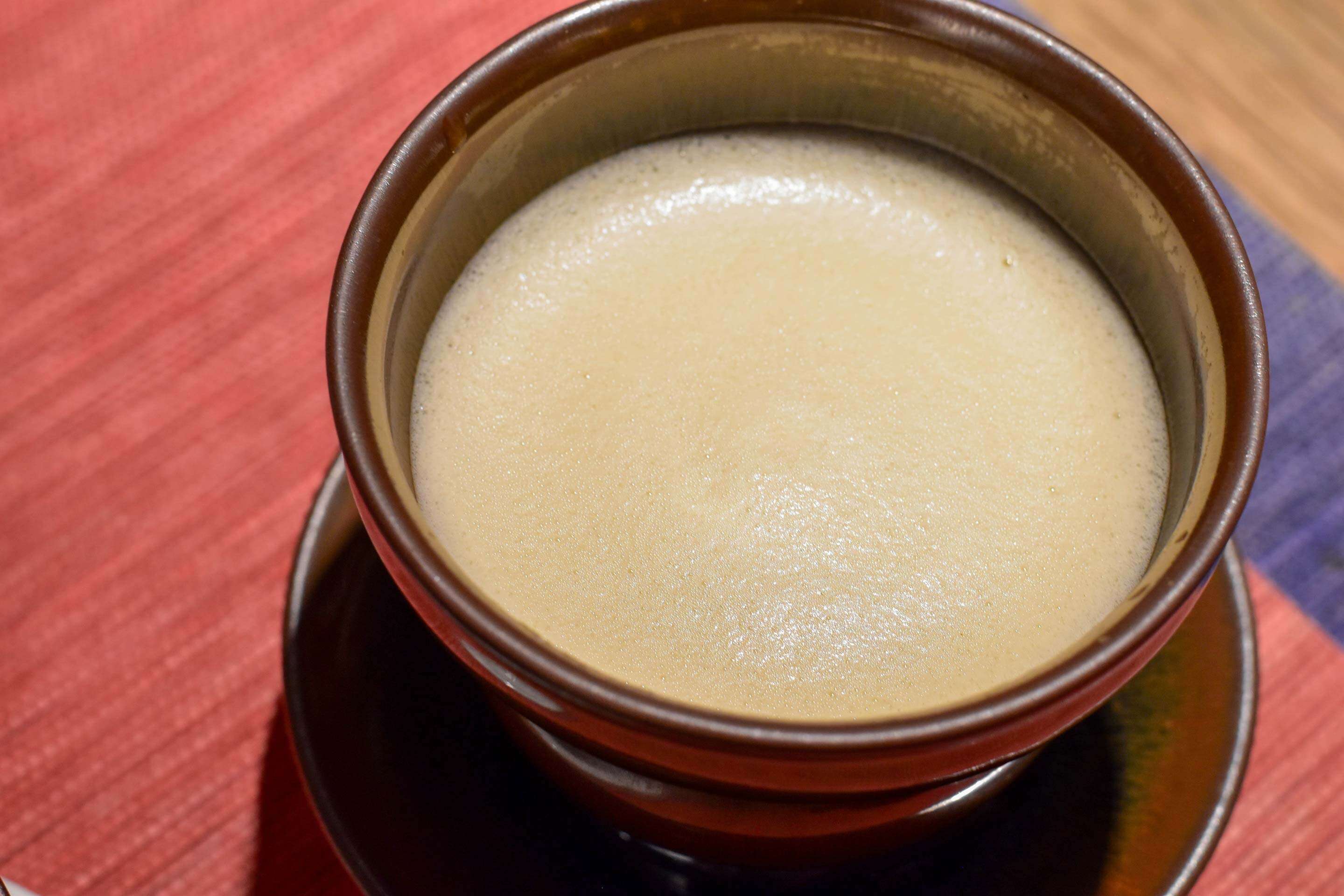
tea


 How To
How To Myths & Legends
Myths & Legends Travelogue
Travelogue Tasting Journal
Tasting Journal Talking Shop
Talking Shop Tea 101
Tea 101 Watch
Watch Teaware
Teaware News
News
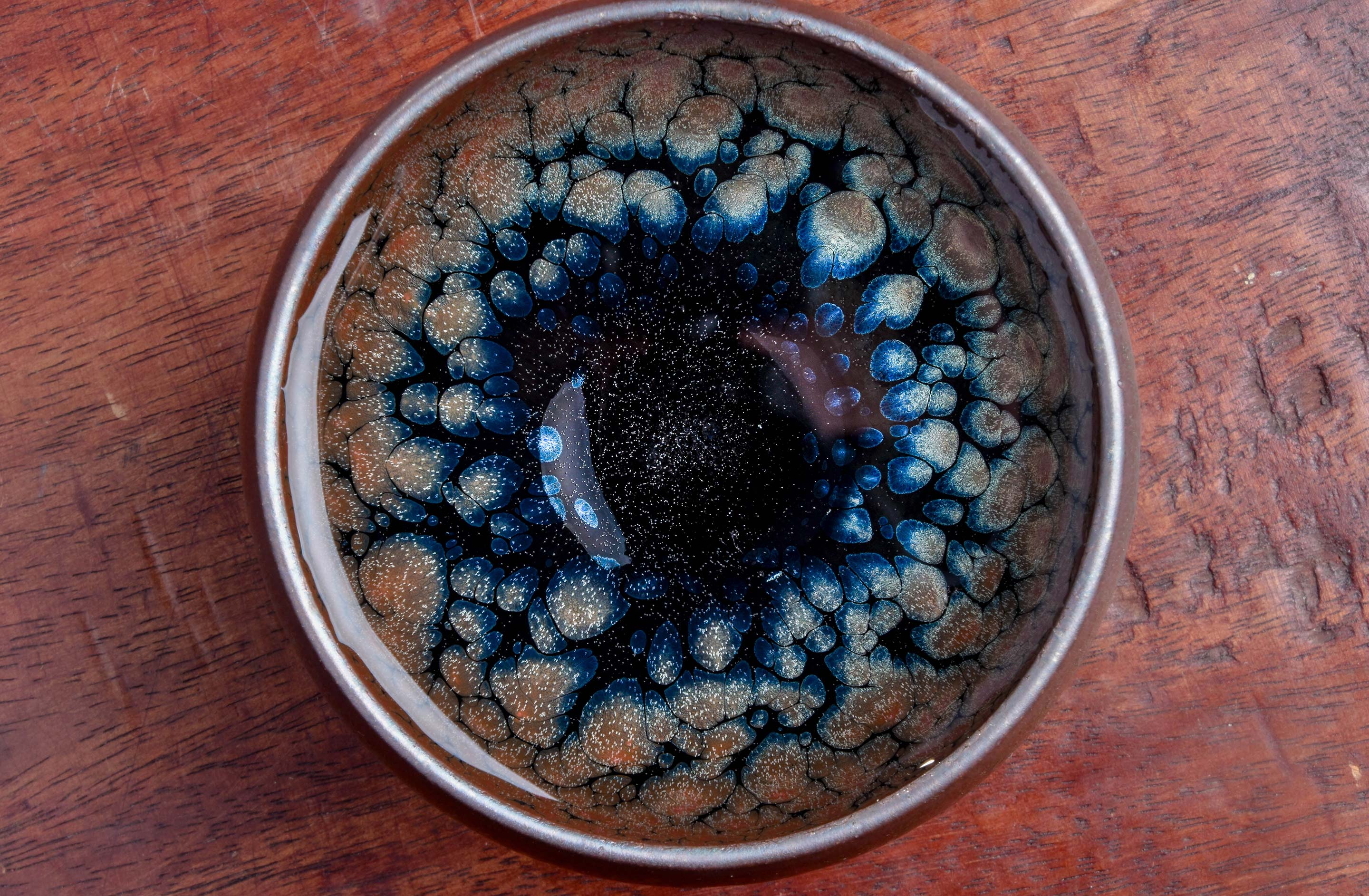

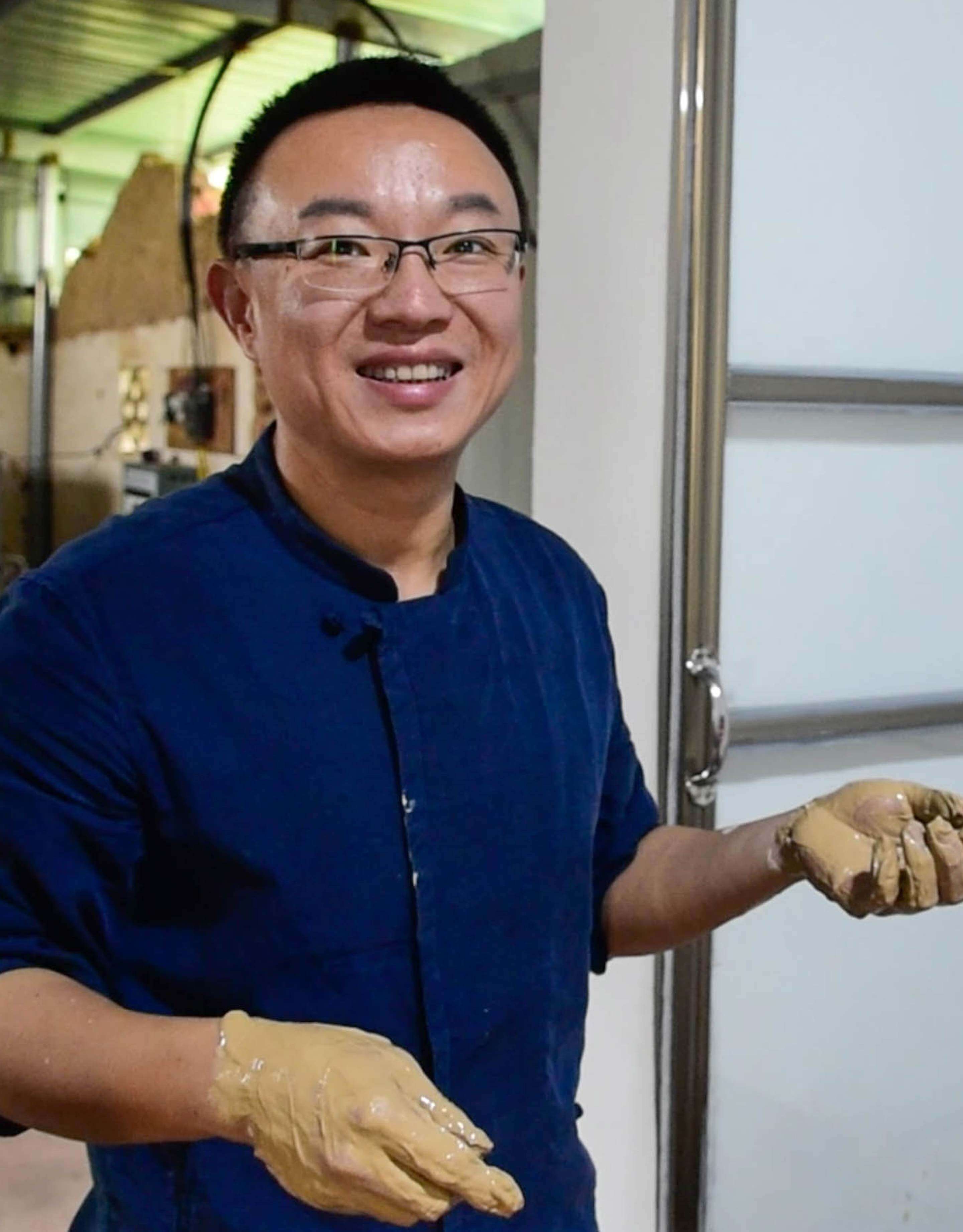

Leave a Reply
Is the foamy white tea pictured above made with whisked, powdered tea? I see online that the Song dian cha practices included whisking... but I have never seen anything other than matcha-type green tea whisked!
It is! The tea in the photo is a pressed cake of Wuyi white tea.
Wuyishan has a very long history of tea, and some of the first tea ever produced in the region was actually pressed cakes of "green" (minimally processed) tea - similar to both green tea and sheng pu'er today, but the specific (very early) style of tea is no longer produced. This cake tea is what was used for tea competitions at court in the Song Dynasty - as you mention! - and it was with this tea in mind that Jian Zhan tea bowls were made. Cakes were ground into "mo cha" (ground and powdered tea), then the tea was whisked to produce a very fine foam. The bright foam was a stark contrast to the darkness of the tea bowls. As traditions evolved and new dynasties rose and fell, Wuyishan eventually moved completely away from this old / original style of early tea, instead pioneering the world's first black tea and their famous "cliff tea" Wuyi oolong. Meanwhile, Buddhist missionaries had brought tea and "mocha" (matcha!) with them to Japan, where the whisked tea tradition continued on to what we see today.
Lin Xi was using a cake of the Li Family's Wuyi white tea in the photos you see above for a few different reasons. In part, this "new" (old? revival?) style of tea is closest to the sort of thing that would have been used in the Song. White tea made from the Bai Mu Dan cultivar also has the benefit of being covered with lots of fine downy trichomes - and these are critical in producing a fine foam. Many fine green teas also have beautiful amounts of down, but nowhere near the amounts you can get with a cultivar like Bai Mu Dan. The minimal processing on white tea also preserves these trichomes better than - for example - making oolong tea. The additional handling, processing, and roasting for oolong teas means that much of this downy material will be lost, even when you start with a particularly downy cultivar.
To whisk the tea, Li Xi first breaks off a small amount of tea from the white tea cake. Then, he heats the leaves for a short time on a little induction range - this is to remove moisture, and will make grinding easier and more even. He immediately grinds the leaves manually in a mortar and pestle, and then transfers this to a traditional stone mill that he commissioned with Li Xiangxi (very similar to mills used in Japan for matcha) as part of his research in Song tea + teaware. He grinds the tea in the stone mill, which produces a very, very fine powder.
To whisk the tea, you actually use a different technique than what you usually see in Japan. Instead of combining all of the tea and the water directly in the bowl and then whisking, Lin Xi starts with adding a very small amount of water to the powder, and whisks. Very gradually, he adds a little more water at a time. This builds up the foam slowly, as the whisking continues to whip air into the tea / water mixture. This slow process traps air between the buddy down of the tea (similar to the way the proteins in egg whites trap bubbles when whipped for a meringue). Finally, when all the water has been incorporated, the foam is very tall, fluffy, and nearly bright white. Drinking it - amazing!!!!
The whole process from breaking open a cake to sipping the tea happens one step right after the other, and takes about thirty or forty minutes. Worth it!
Thanks for the detailed explanation, very interesting and helpful! So I have obtained one of the Wuyi white tea cakes... and also have a Japanese tea grinder on the way (a small Kyocera hand grinder with ceramic "stones" that some people use for matcha - it looks like it can produce a very fine powder - fingers crossed!). I whisked Japanese matcha for some years before starting to explore Chinese teas, and Wuyi oolongs are among my favorites. Looking forward to trying Lin Xi's process myself!